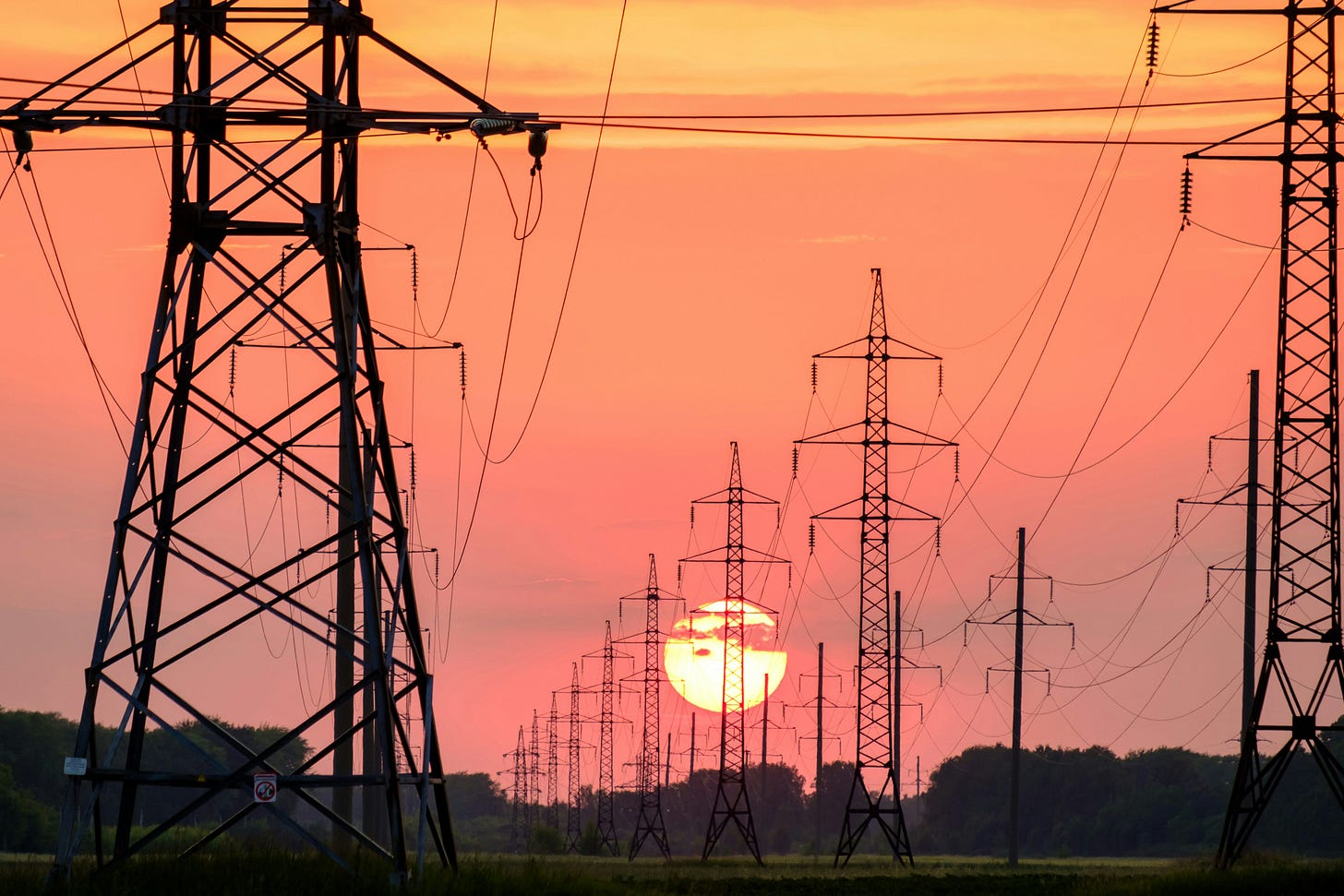Foreign Investors Eye ESG and Energy
Welcome back to Clickable Insights. Today’s newsletter discusses what FDI investors’ evolving ESG requirements mean for Vietnam.
In other issues, you will find perspectives on agriculture, rural development, sustainable tourism, and green finance across Asia and the Pacific. Visit our Substack to filter editions by the topics most important to you.
Vietnam Business Forum Releases ESG Survey Results
The Vietnam Business Forum (VBF) is the preeminent platform for public-private dialogue in Vietnam, aggregating perspectives from the Vietnam Chamber of Commerce and Industry (VCCI) and major international chambers. The organization held its annual forum in Hanoi in late March.
The VBF also released its 2024 ESG report, titled ‘Pathway Towards a Sustainable Economic Recovery’.
The report notes cautious optimism among foreign investors hoping for an economic environment conducive to sustained – and sustainable – growth.
It draws insight from 655 responses from foreign business leaders operating in Vietnam.
Most of these FDI companies are manufacturing for export, largely to developed markets in North America, Europe, and Northeast Asia. They are under increasing pressure to adapt to ever-more stringent ESG reporting and taxation regimes such as the EU’s Carbon Border Adjustment Mechanism (CBAM). Many FDI companies are also beholden to their foreign investors’ ESG agendas.
It stands to reason, then, that ESG is increasingly important to how these companies operate. According to the VBF report, 60% of businesses have a board-level governance structure for sustainability and almost 60% have defined ESG targets.
Meanwhile, 34% of surveyed businesses are in the ‘Monitoring’ stage, meaning they are monitoring policies such as extended producer responsibility (EPR) to determine how they will need to adjust their operations.
PDP8 Implementation Plan Announced
Perhaps no area is more important to Vietnam’s extant FDI investors than energy policy. At the VBF 2024 summit in Hanoi, foreign business leaders stressed the importance of completing the delayed implementation plan for Power Development Plan 8 (PDP8) while boosting sustainable infrastructure. Vietnam’s policy process relies on detailed decrees to implement high-level laws and plans. PDP8 was approved in 2023, but as of March 2024, the implementation plan was still nowhere to be found.
To the relief of investors, Deputy Prime Minister Tran Hong Ha approved the implementation plan on Monday, April 1. The plan largely aligns with PDP8’s energy mix goals through 2030 while finally laying the legal foundation for new energy projects included in the plan to move forward. These goals include:
Total domestic gas thermal power capacity: 14,930 MW
Total LNG thermal power capacity: 22,400 MW
Total coal-fired power capacity: 30,127 MW
Total offshore wind power capacity: 6,000 MW
But even as Vietnam’s future energy mix came into focus, the cold realities of 2024 loomed in view.
Can Vietnam Avert Summer Power Cuts?
Prime Minister Pham Minh Chinh used his VBF podium to made an eyebrow-raising pledge: There will be no power shortages this year despite the persistent outages last May and June that disrupted manufacturing in northern provinces and at key FDI facilities operated by the likes of Samsung.
This would be quite the feat, particularly as stakeholders in the electricity sector have been warning about shortages for the same time period since early this year. To head off potential dry season power shortages in northern provinces, the country’s coal imports increased by 217% in January and doubled through the first three months of this year compared to the same period in 2023.
A new US$2.6 billion coal-fired power plant opened in Khanh Hoa earlier this month.
Nonetheless, EVN warned last week that the northern region will lack up to 3,000 MW during peak hours in June. Something will have to give.
This comes within the context of Vietnam’s explosive growth in renewable energy capacity since 2018: that year, the country had 18,715 megawatts (MW) of RE generation capacity. As of 2022, that figure had more than doubled to 45,326 MW. Solar largely drove this boom, and Vietnam now leads Southeast Asia in solar capacity.
However, capacity is not the same as actual generation.
According to Yuanta Research, RE made up 26.4% of total capacity in 2022, but just 12.9% of total energy production. An outdated grid is a key cause of this wasted potential, and few upgrades have been made since then.
It will be interesting to see how this plays out. While FDI investors would like to be focusing their attention on the future supply of renewable energy, they are still on pins and needles wondering if they will have a reliable supply of energy this summer at all.
Thanks to Clickable Impact consultants Jason, Ha, Linh, and Mike for their contributions to this newsletter.
Back next month with more developments in climate action, transformative innovation, and sustainable tourism.
Clickable Insights is brought to you by Clickable Impact
Clickable Impact is an Asia-based consultancy committed to climate action and sustainable development. We have three practice areas: public affairs and communications, sustainable tourism, and transformative innovation. Across our work, Clickable Impact favors projects that urgently mobilize private sector engagement, policy action, and investment.
All views expressed in this newsletter are our own.
Copyright © 2023 Clickable Impact, All rights reserved. You are receiving this email because you opted in via our website.
Our mailing address is:
House 20A, 11/5 To Ngoc Van, Quang An, Tay Ho
Hanoi, Hanoi 11207
Vietnam






